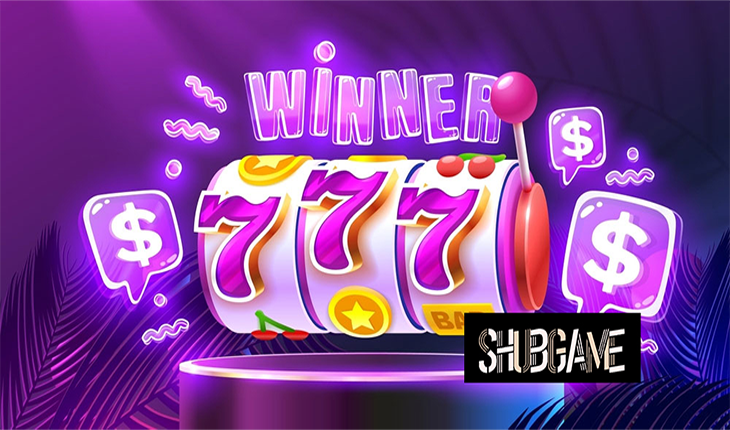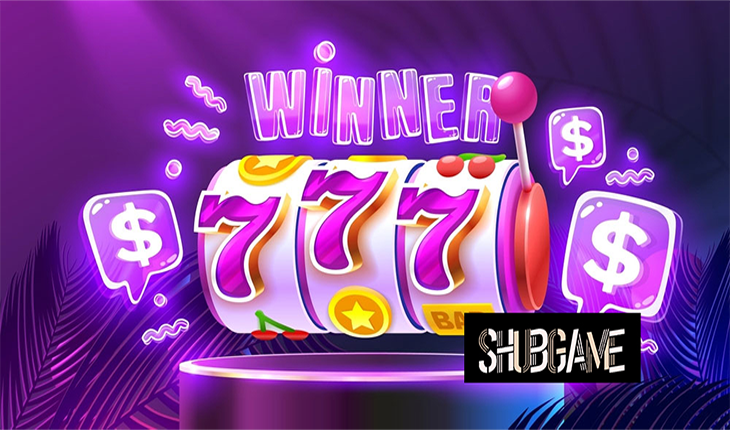The Fruitful History of Slot Machines
When Bill Elfritz, a 25-year-old software engineer from Phoenix, inserted his last $20 into the Megabucks slot machine at a Las Vegas casino, he likely had no inkling of the game’s history. His $20 investment would soon turn into a life-altering windfall of nearly $40 million when he landed three jackpot symbols in a row.
A Brief History of Top777 Fruit Machines
If Bill had been around a century earlier, he might have been rewarded with chewing gum rather than cash. The Megabucks game he played in 2003 featured some modern symbols, but it still retained the classic cherry icons, which played a role in his staggering win. In the early days of slot machines in the United States, fruit symbols were prominent.
Online Slots – The Legacy of Top777 Fruit Machines
Today’s online casinos offer an array of video slot options, from 3-reel to 5-reel, 243-ways-to-win, animated sequences, and various themes, including superheroes, Expanding Wilds, Avalanche Reels, and progressive jackpots. However, traditional fruit symbols, like cherries, melons, pineapples, and plums, continue to dominate popular online video slots. These symbols represent a connection to classic slot gaming and are favored by many players.
The Origins of Fruit Symbols in Slot Machines
The first Top777 fruit machines emerged in America during the early 20th century, distributing winnings in the form of chewing gum. Each fruit symbol corresponded to a gum flavor, making it a clever workaround to circumvent anti-gambling laws in several U.S. states. These machines were often referred to as “chewing gum dispensers.” Charles Fey’s Liberty Bell slot machine, a precursor to modern slots, introduced playing card symbols along with the iconic Liberty Bell icon. Subsequently, fruit symbols were incorporated into the Operator Bell, based on Fey’s design.
The Influence of Top777 Fruit Machines
Top777 Fruit machines found their way into convenience stores across America due to their vibrant appearance, cartoonish graphics, and gum dispensing feature. The line between gambling and vending machines became blurred, leading to their widespread popularity. Developers like Bally and Williams (WMS) further enhanced these machines in the 20th century. Bally introduced electromechanical fruit machines, such as Money Honey, which utilized an electric hopper for larger coin payouts. The allure of fruit symbols persisted even as technology advanced, attracting both casino-goers and operators.
The Rise of Top777 Fruit Machines in Britain
Top777 Fruit machines gained immense popularity in 1950s and 1960s Britain, where they earned the name “Fruit Machines.” These machines, typically featuring three reels and up to five paylines, prominently displayed symbols like lemons, plums, oranges, strawberries, and cherries. Top777 Fruit machines also introduced unique features like Nudge and Hold, setting them apart from their American counterparts.
Transition to Electronic Slots
In 1975, the Fortune Coin Company introduced the first electronic video slot machine. Equipped with microprocessors and Random Number Generators, these machines revolutionized the casino industry. The Fortune Coin slot retained fruit symbols, including cherries, while introducing modern technology. Subsequently, IGT acquired Fortune Coin and developed Megabucks, the first progressive video slot featuring classic symbols like cherries.
Top777 Fruit Machines in the Digital Age
With the advent of online video slots in the early 2000s, developers occasionally adapted traditional Top777 fruit machines into digital versions. These online games aimed to replicate the classic slot machine experience on a 5-reel format. However, modern online slots prioritize immersive gameplay with cutaway scenes, 3D animation, and elaborate bonus rounds, diminishing the prevalence of fruit symbols.
Fading Glory of Top777 Fruit Machines
Despite their appeal in nostalgic settings like British pubs and arcades, fruit-themed slots have gradually declined outside these venues. Technological advancements and a desire for more engaging gaming experiences have contributed to this decline. While some operators continue to offer fruit-themed slots to cater to a niche audience, innovation in this genre remains limited. For now, a select few continue to chase after the elusive three melons and reminisce about the golden days of slot gaming.


